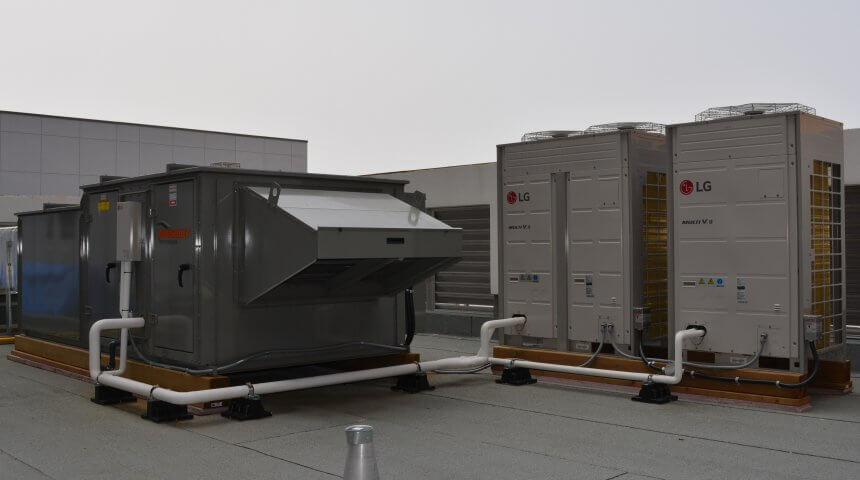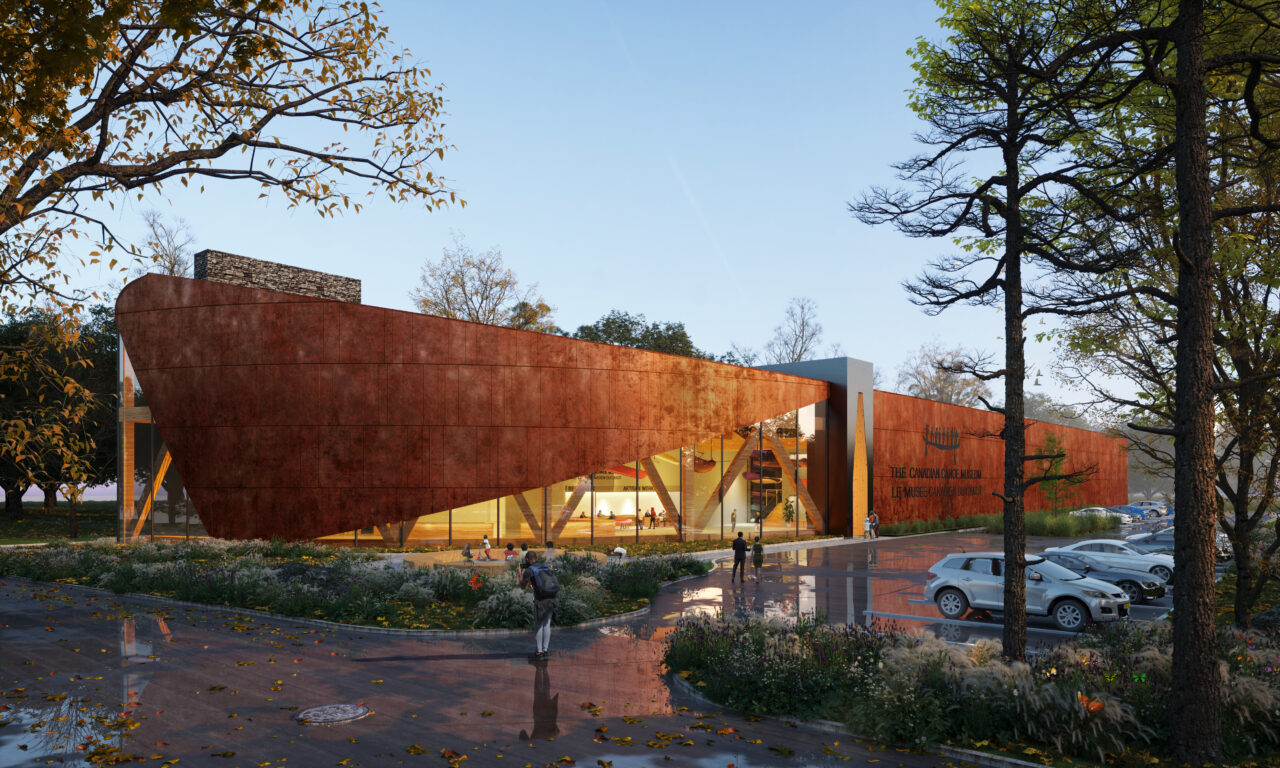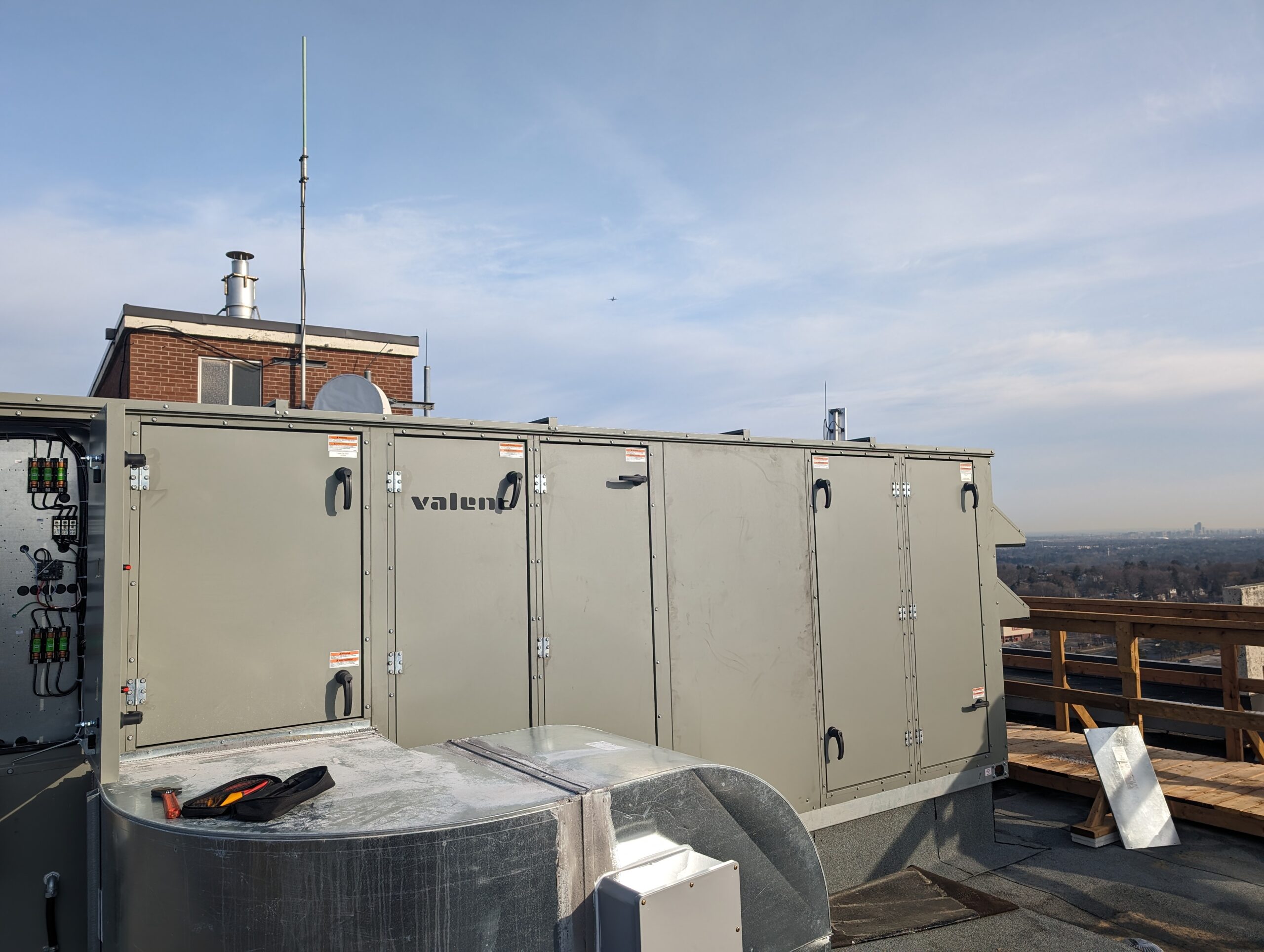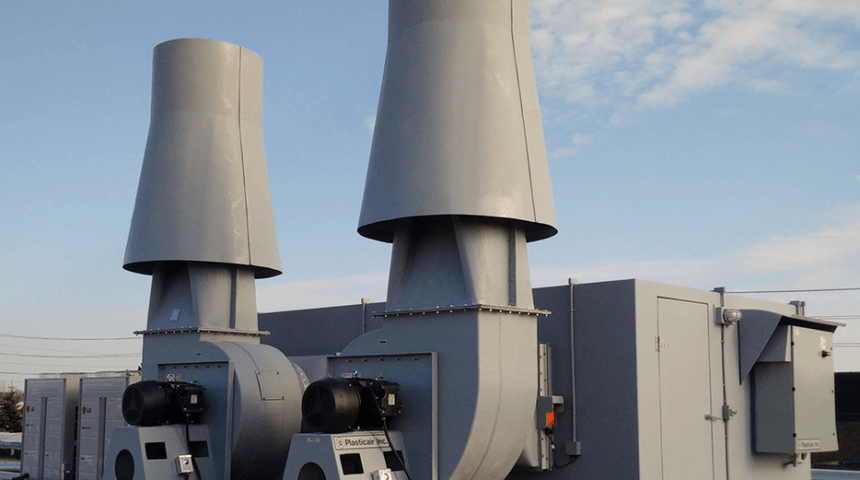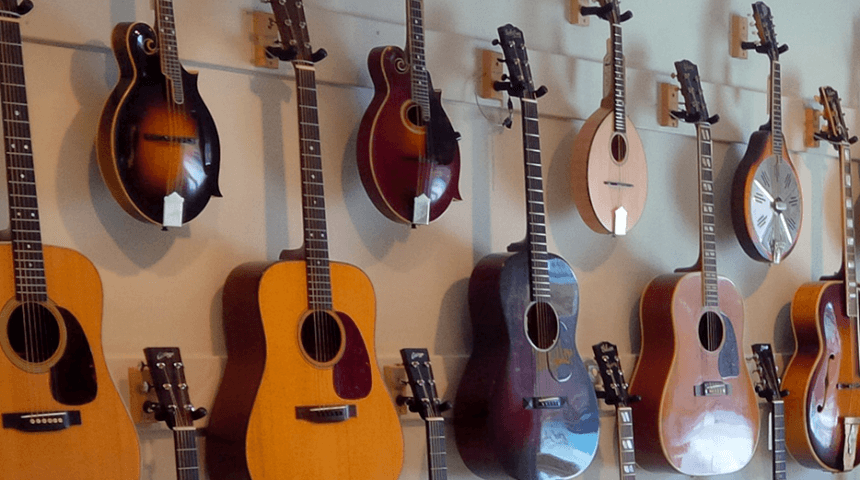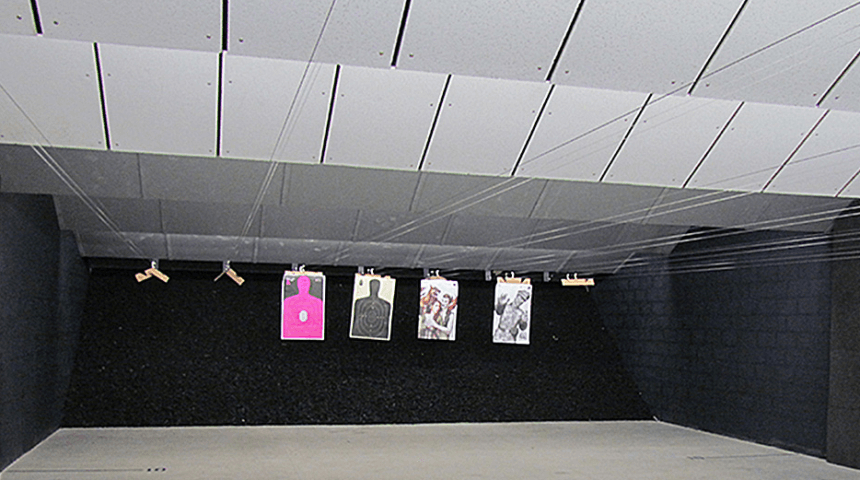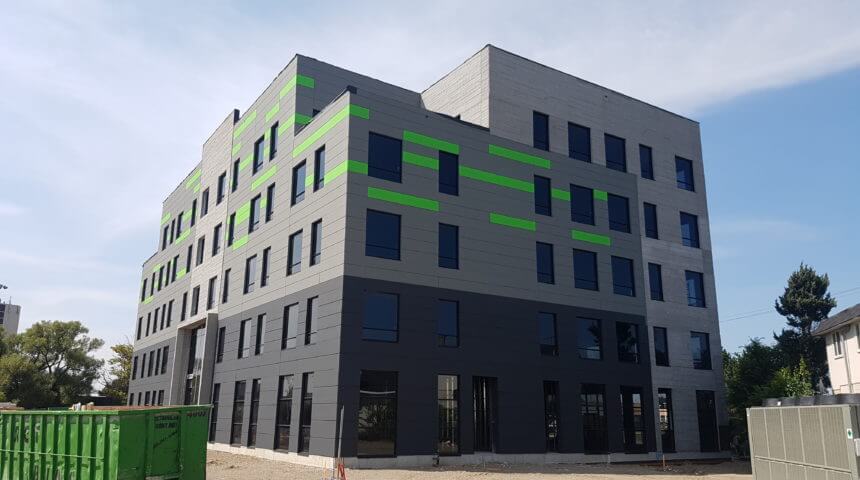What happens when a high-end restaurant requires a kitchen upgrade and teams up with a contractor specializing in VRF technology? The answer is a state-of-the-art VRF-enabled air makeup system! The initial design aimed for 5,800 CFM airflow with a consistent discharge temperature of 70°F, making it an ideal candidate for a heat pump application.
Challenges
The challenge was to create a kitchen ventilation system that could handle 5,800 CFM of airflow while maintaining a consistent discharge temperature of 70°F year-round. The existing setup required a solution that provided reliable heating and cooling, all while integrating seamlessly with the restaurant’s ongoing operations. Additionally, the system needed to minimize greenhouse gas emissions and enhance overall energy efficiency without compromising performance.
The Solution
Recently, LG introduced its AHU kit, which provided a seamless integration solution for their VRF technology with any manufacturer’s air handling unit (AHU). The adjoining hotel property already had approximately twelve existing VRF systems, indicating strong investment in the technology from the owner group. Additionally, the kitchen ventilation system featured a variable volume controller, allowing for variable airflow of the makeup air, further reinforcing the application of VRF due to its infinitely variable capacity control.
To meet these specific requirements, we collaborated closely with both LG and Bousquet to deliver a tailored solution.
We selected a custom gas-fired air makeup unit from Bousquet, designed with the capacity to handle 100% of the load when the VRF system is outside its operational parameters. This unit featured Bousquet’s 409SS drum and tube heat exchanger, which offers a 21:1 turndown ratio and is compatible with variable airflow. A DX coil was chosen primarily to address the cooling load, but it also functions for heating during the shoulder seasons, ensuring precise discharge air control.
By utilizing both the LG AHU kit and a third-party controller, the contractor achieved full control integration. This setup allows the VRF system to act as the first stage of heat, provided the outdoor temperature meets the minimum requirement. Additionally, the discharge air temperature is continuously monitored; if the VRF cannot meet the target or enters a defrost cycle, the gas furnace is automatically activated.
Our Approach
This solution delivered on several critical project initiatives:
- Precise year-round conditioning of outside air to the kitchen
- Energy-efficient cooling and heating
- Reduction in greenhouse gas emissions
- Reliable system operation 365 days a year
